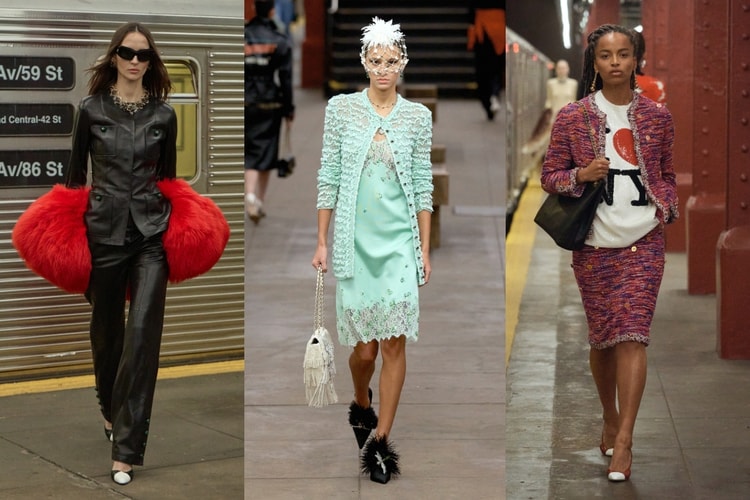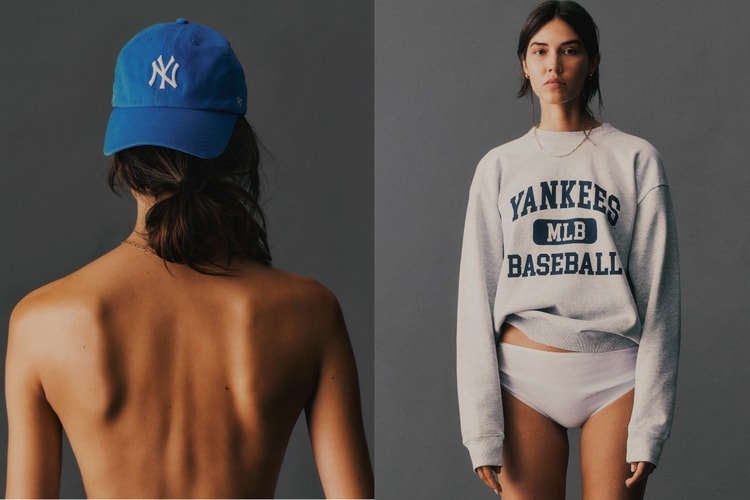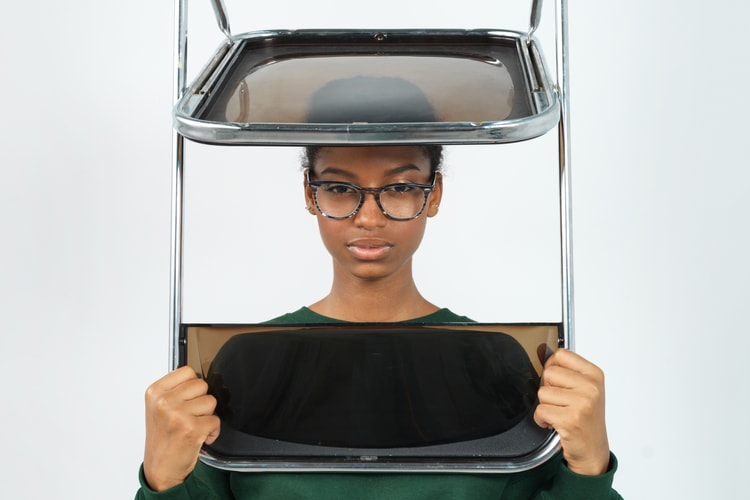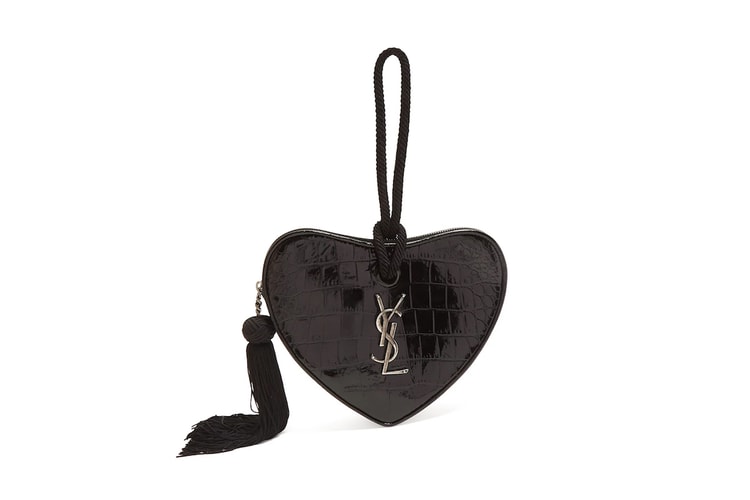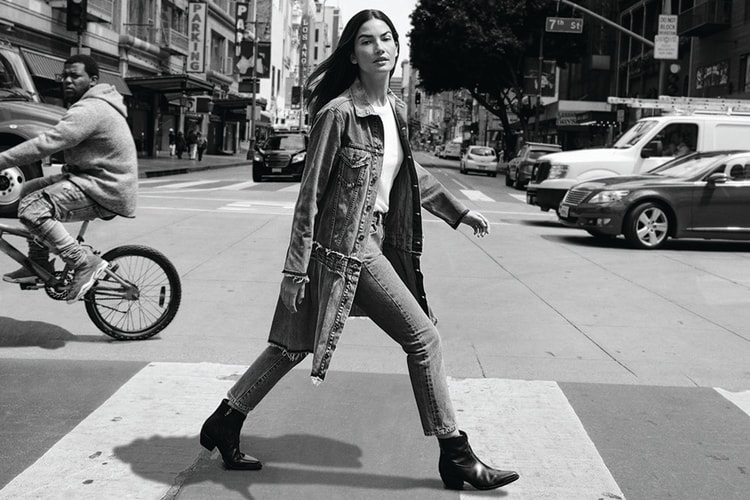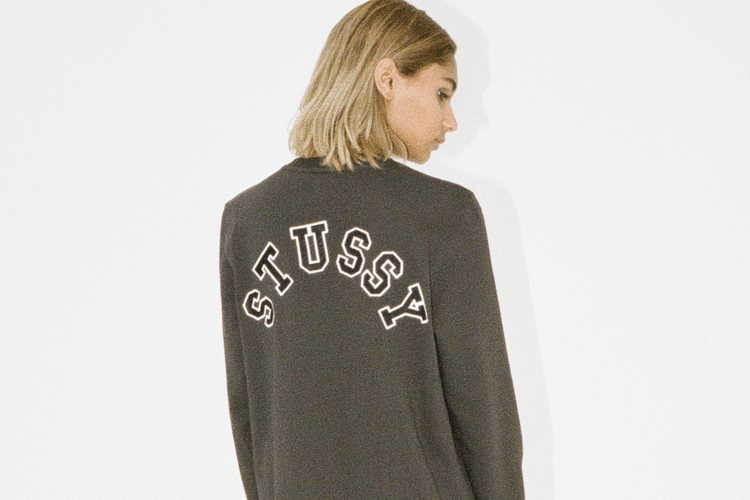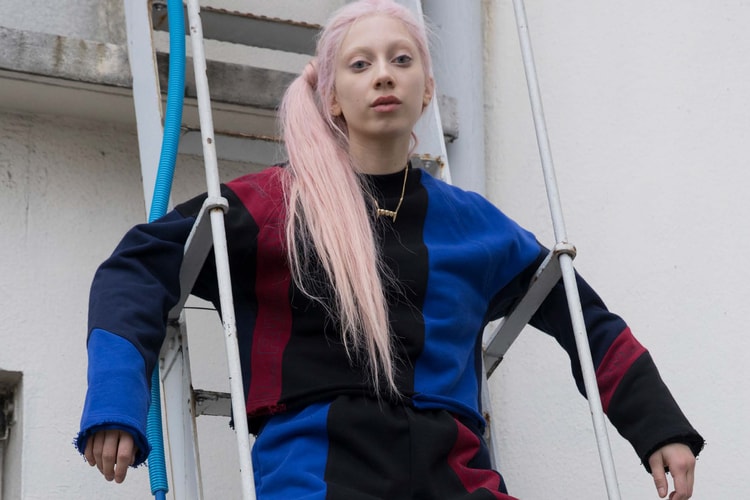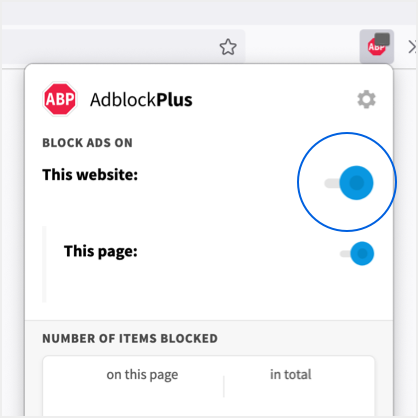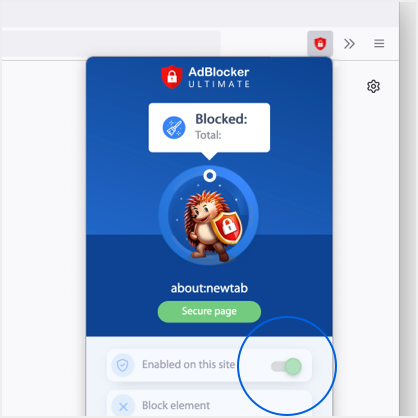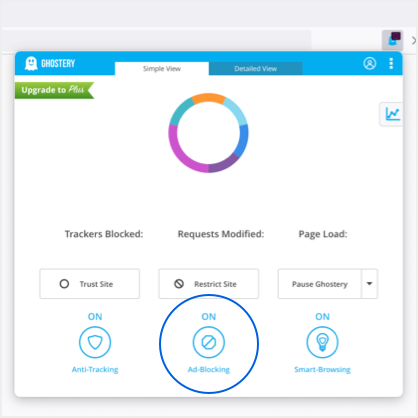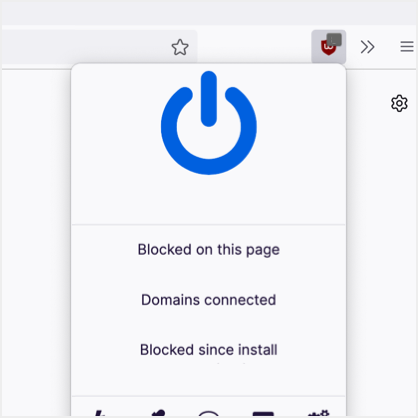





















Get Up Close and Personal with Badass Dancers from the New York City Ballet
These women are both athletes and artists.
It’s only in the past decade that clichés of ballerinas have been debunked. The stereotype of ballet dancers known only as graceful, thin creatures in tutus, is grossly outdated. It’s now common knowledge that professional dancers are major athletes — their craft so demanding and effective, that NFL players have been known to step into studios to improve their on-field performance.
Ballet companies, and the industry as a whole, have been plagued by their own set of stigmas – eating disorders, a lack of diversity, sexism and ageism. While these issues do exist and have been well-documented, the dancers who haven’t experienced them seem locked in negative headlines.
Having a personal connection to ballet, and in my career as a journalist and photographer, I chose to spend some time with two dancers from the New York City Ballet (NYCB) — one of the leading ballet companies in the world. While shadowing their daily routine through my lens, I snagged some fresh perspectives on professional dancers killing it in their field. Meet Megan LeCrone and Olivia Boisson. Megan is a 34-year-old soloist from Winston Salem, North Carolina. She shares a bit about her journey to the NYCB:
“I was born in NC but spent a lot of time in the Dayton/Vandalia area of Ohio, where my parents are from. I grew up in Greensboro, North Carolina, but since I was 14, I was in boarding school and traveling every summer to Europe or New York. I joined the Company in the Fall of 2001 as an apprentice and became a corps member in 2002. I was in and out on medical leave for most of my 20s, so I don’t really feel like I’ve been a part of the company for quite as long as I have. I was promoted to Soloist in 2013. I feel like I’ve danced here for about seven years, but in total I’ve been a part of the company for 17 years.”
Boisson is a 25-year-old, NYC native from Queens who is member of the Corps de Ballet. September marks her seventh year with the company. I followed both dancers through a typical day of rehearsals and all their own personal rituals. Read our conversation below.

Was it always your life goal to be a dancer?
Megan: I wanted to be a veterinarian, an Olympic ice skater or a doctor… a heart or brain surgeon, ha! I always liked to move and I liked ballet, but I didn’t really think of it as a career. When I got my first pair of pointe shoes it clicked for me that I really loved ballet. The feeling of being on pointe was incredible… it still is. I felt free and beautiful, which I never felt as a young girl outside of ballet. When I started doing summer sessions, I realized I could actually do this and make a living. When I think back, the summer sessions were also a way for me to not be at home, where things weren’t so great. After I realized what opportunities were out there, I wanted to get a job dancing and be on my own as quickly as possible.
Olivia: When I was about 13, I got major injury to my knee. I had to have surgery and stop dancing for a year. While I wasn’t dancing, I went to school and did “normal” kid things. It made me realize how much I missed dancing. It’s funny, because before that, I had always wanted to do all those things, and when I finally had the chance to do them, I missed dancing and realized how much I loved it. Once I was able to get back to it, the decision was made — I was fully committed.
What are the sacrifices you’ve had to make to pursue and achieve this profession?
Megan: I’ve had to do a lot on my own since I was about 14. I had a little help, but I’m mostly self-made. I didn’t have a normal life when I decided to really go for ballet. I didn’t socialize normally and experience things the way most young girls do, because I was always training or doing school work. The reality of having to be an adult, solo, hit me when I was hired into NYCB. I think if I had had more outside support the adjusting would’ve been easier, especially emotionally. To deal with it, I put up these walls or blinders so I could stay on path. I sort of blocked a lot of things out and focused on myself and career…that has prevented me from having great relationships. It’s also hard to date when most of my time is devoted to the company. I think it can leave people feeling like they come second or that they’re not important to me, which isn’t true — it’s just the nature of a really intense schedule.
Olivia: I knew I wanted to be a dancer at such a young age, so I honestly never felt like I was sacrificing anything. I always felt like what I was doing was taking me to where I wanted to go. I never felt like I was missing out. Many dancers have had to leave their families at a young age to go to a top ballet school. I was fortunate enough to be able to have my family really close to me. We happened to live in a city (NYC) with one of the greatest ballet schools, the School of American Ballet.
What have been the greatest challenges of being a professional ballet dancer?
Megan: Overcoming my injuries was really challenging mentally and physically, because there were so many. I started to really lose patience and thought that maybe I should give up. A lot of people around me were telling me to quit. Getting confident onstage again was really hard, and so was learning how to pick up choreography again. Right now, the biggest challenge is to not compare myself to anyone else in an unhealthy way, and to be happy about what I have accomplished.
Olivia: Professional ballet dancers are always looking to be better. We search for perfection, fully knowing that it doesn’t really exist. It can be hard to reevaluate yourself and push yourself to be better all the time and you can get easily frustrated with yourself, constantly wishing for this.

Megan, what kind of injuries are we talking about?
Megan: A FHL (flexor hallucis longus) tear in my right ankle, a FHL tear in my left ankle, left knee tracking issues, a pneumothorax or collapsed lung, a broken neck vertebra…most of these required surgeries. I also have hyperparathyroidism, so my nervous system doesn’t always act normally.
Megan, you mentioned that your age is considered a bit older for the ballet world. What are some challenges or biases you’ve experienced due to this?
Megan: Ballet dancers in a major company are usually employed from age 17 or 18 until around 40, so I guess I’m closer to the older side. My career changed and started to move ahead (I got promoted) quite late. It happened at an age that is unusual in ballet. In NYCB, dancers are usually finished with their promotions by their late 20s or 30s. I missed the first half of my career due to health issues, injuries and a medical leave. I’m 34 and have been here 17 years, but have only danced regularly for about eight years… If you’re healthy, which I am, your technique and artistry can finally become really cohesive at this age. Your ability and energy are still fresh and eager, and you can have a depth and presence to bring to the stage. I think any athlete feels his or her age sooner than the average person and since our careers are so short, we are aware of it more. I got most of my injuries out of the way early on and feel better than I ever have physically, so I hope I continue to dance for a while and take on roles that allow me to show what I’m capable of.
Olivia, it’s obvious that many major companies lack diversity. How did this impact you at your training schools and at NYCB?
Olivia: I don’t feel like the diversity [issue] really impacted me when I was growing up in the dance world. I was aware that I was black, that there weren’t many other dancers like me, but I don’t feel like it limited me in any way or changed my perception of how hard I needed to work. I always thought that if I worked really hard I could get into any company and get any role. I’ve never felt like there were restrictions on me because I am a person of color. It does feel like it’s a more of a popular topic in ballet culture today than when I was younger, but I still feel the same. I just hope people don’t only see my color, but that I’m a great dancer. I think that should apply to everyone.
Do you think ballet companies are becoming more diverse?
Olivia: Currently at NYCB, there are three black ballerinas, which is more than there have been in the past. And I know that many major ballet schools, like School of American Ballet, have begun initiatives to include more diverse students and to help other schools train their dancers in the best way, by offering teaching fellowships. I would definitely say ballet companies are becoming more diverse.
Take me through a typical day for you.
Megan: I wake up around 9 a.m. and have a coffee, energy bar and water. Then I take the train from Brooklyn Heights to the theater. I stretch a little and lay on a heating pad in my dressing room that I share with three other soloists. We have class from 10:30 to 11:30 a.m. I usually have a break after class, so I grab lunch, sew some shoes, go to a costume fitting and maybe watch a video of one of the past performances. I might see the physio (physical therapy) team or go to the chiropractor. Then I rehearse for one to three hours, usually alone with my ballet master and partner (if I’m doing a ballet with a partner). After that I have a snack, rest, and start to do my hair and makeup for the performance. I usually dance four nights a week. I may also do one or two matinees on the weekend, depending on the schedule. When I’m ready to go onstage, I warm up again and go over my choreography in my head or practice a few things on stage then we start. I usually finish around 10 p.m., and it takes me an hour to get out of the theater. I stretch and shower and get things ready for the next day. On my way home, I grab a late dinner (I’m usually starving) solo, with friends or other dancers. Then I head to bed.
So that’s how many hours of dancing per day?
Megan: Anywhere from one to eight hours a day. Lately I average around four hours a day when we are in season.
Are there fitness requirements that NYCB asks of you? What type of workouts do you like doing on your own?
Megan: The company asks us to attend ballet class every morning (six days a week when we’re in season) and do all of our rehearsals and performances. Additional fitness is handled individually. I like swimming and yoga and going on bike rides. I try to do more stretching and get more massages when the season is really intense. Recovery is very important, especially sleep. I love being active, but I have to be conscious to conserve energy and my body for the shows.
Olivia: I do Pilates, and regular weight training and cardio. I also do some kind of cross training for about an hour every day.

Is there a standard nutrition and diet routine that professional ballet dancers follow? What do you typically eat?
Megan: I think each person figures it out for themselves. Some people work with nutritionists, and some don’t. It’s different for everyone. I eat things that help reduce inflammation, clean protein, foods for energy that don’t leave me feeling full, lots of veggies and fruits and nuts, red wine, and chocolate. Oh, and coffee and tons of water!
Olivia: I really eat everything. I always have oatmeal for breakfast. For dinner, I like to have meat. I try to have all my vegetables, protein, carbs each day, in moderation. I take a lot of vitamins to prevent injury – collagen for a specific tendon injury I’ve had and green tea extract, turmeric for anti-inflammation and probiotics. There isn’t anything I feel I have to completely stay away from. I don’t have a slice of cake every day, but I also don’t avoid it. I work out a lot for my job, so I burn a ton of it throughout the course of a day. Imagine taking a fitness class for 12 hours a day… we really eat to fuel ourselves.
It’s no secret that professional dancers have sometimes struggled with eating disorders. Do these issues still exist?
Olivia: I can really only speak to NYCB. We can do as many as 70 ballets in a year-long season. It’s emphasized that we eat well, so we’re healthy enough to do our jobs. An eating disorder does the exact opposite…we couldn’t do what we need to do.
Megan: I don’t have experience with this… I’m lucky to have a good metabolism. I dealt more with being injured all the time. I think if you’re going to be a ballet dancer, you do need to have an in-shape body, one that shows the steps and the musicality well. There are many tastes and variations of this, thank God! Lots of people are naturally blessed with this, but there are also healthy ways to change your body so you’re more suited for [ballet].
Do you consider ballet dancers extreme athletes?
Megan: Not really…I mean yes, we’re athletes. But we’re are also really emotional and sensitive artists, so there’s a difference. When I think of an extreme athlete I don’t think of a ballet dancer. But I think a lot of ballet dancers could be extreme athletes in some sport, because of their body type and discipline and ability to mentally focus and push themselves for better results.
Olivia: I do, because everything we do to get to this stage is extremely physical. We do everything that any other athlete would do, and on top of that we have to make it look graceful and easy. With other athletes, they’re [allowed] to show how difficult their craft is…for some reason our veiling of that effort makes it that much harder.
What does it feel like being on stage, performing your passion?
Megan: For a long time after my injuries, I was really uncomfortable onstage, almost embarrassed to be out there. But now it feels really exciting. I feel like this energy comes out of me that I never experience in real life. It can also be really emotional, like if you’re dancing a romantic ballet or a character role…it’s hard to describe. You’re really vulnerable and sensitive onstage, and everything is super heightened. Sometimes you feel so wonderful that you want to cry, during or after. People do after their shows… I have, and I’ve seen others do the same.

What do you do when you’re not dancing?
Megan: Travel! I love the beach and volunteering. I’m actually on my way to the Congo right now to do some work with the organization Loving All Nations. I’d love to do work with Charity Water at some point and I want to get involved with the UN somehow, as a goodwill ambassador. I don’t think there have been any female American ballerinas as ambassadors, and I’d love to be the first.
Olivia: I like to go on vacation, to go to the beach, hike, see the world. I also like more normal things – going to the movies and out to dinner with friends. I go to school at Fordham University part-time, so a lot of my free time is taken up either studying or in classes.
Is your social life affected by being a professional dancer?
Megan: Yes, I would say it’s limited in a way. My schedule makes it really difficult to have consistent friendships and relationships. It can be lonely, but at the same time I feel connected to people through my work and performances…and through service to others.
Olivia: It hasn’t been greatly affected, but the majority of my friends are dancers in the company. We’ve bonded over the years from being at the [training] school together and now in the company…we have a good time together.
How would you describe your off-duty style? What are the most prized items in your closet?
Megan: Casual chic, I guess? I like jeans, a T-shirt, a blazer, good boots and a good bag. In the summer I like dresses, or a T-shirt and shorts. I love clothes… I collect them, and old costumes too. Most of my favorites are gifts: a Louis Vuitton travel bag, a Balenciaga shoulder bag, a red Lanvin cocktail dress, Frye boots, a two-dollar linen dress that I got in India and thrift store tees.
Olivia: I’m very feminine and I usually like to go after really unique pieces. I do love shoes and own too many!
Favorite designers and beauty products you swear by?
Megan: I love Rick Owens, Maison Margiela, Opening Ceremony, and Project 8, which used to be in NYC. I also love ABC Carpet and Home and any really good thrift store. [For beauty] I love anything by Aesop and Hermès, Dr. Bronner’s soap, Lanvin perfume, rose oil or water. Red lipstick, a little concealer and mascara are my staples.
Olivia: I love Zara, Topshop, and vintage shopping. I don’t wear a lot of makeup, because we wear so much on stage. If I do wear something, I’ll do mascara and eye liner. For skincare, Omorovicza has an amazing moisturizer and a perfecting serum that I love.
What’s something that a journalist has never asked you, that you wish she or he had?
Olivia: People don’t often ask me why I love ballet…it’s amazing to be able to transport an audience somewhere else and make them get emotionally involved, without saying a word. I feel like people fall in love with ballet and they can’t explain why, except that they were moved by it. It’s so otherworldly… it’s a complete mystery to people who don’t know much about it, and it’s fun to share that with the world.




